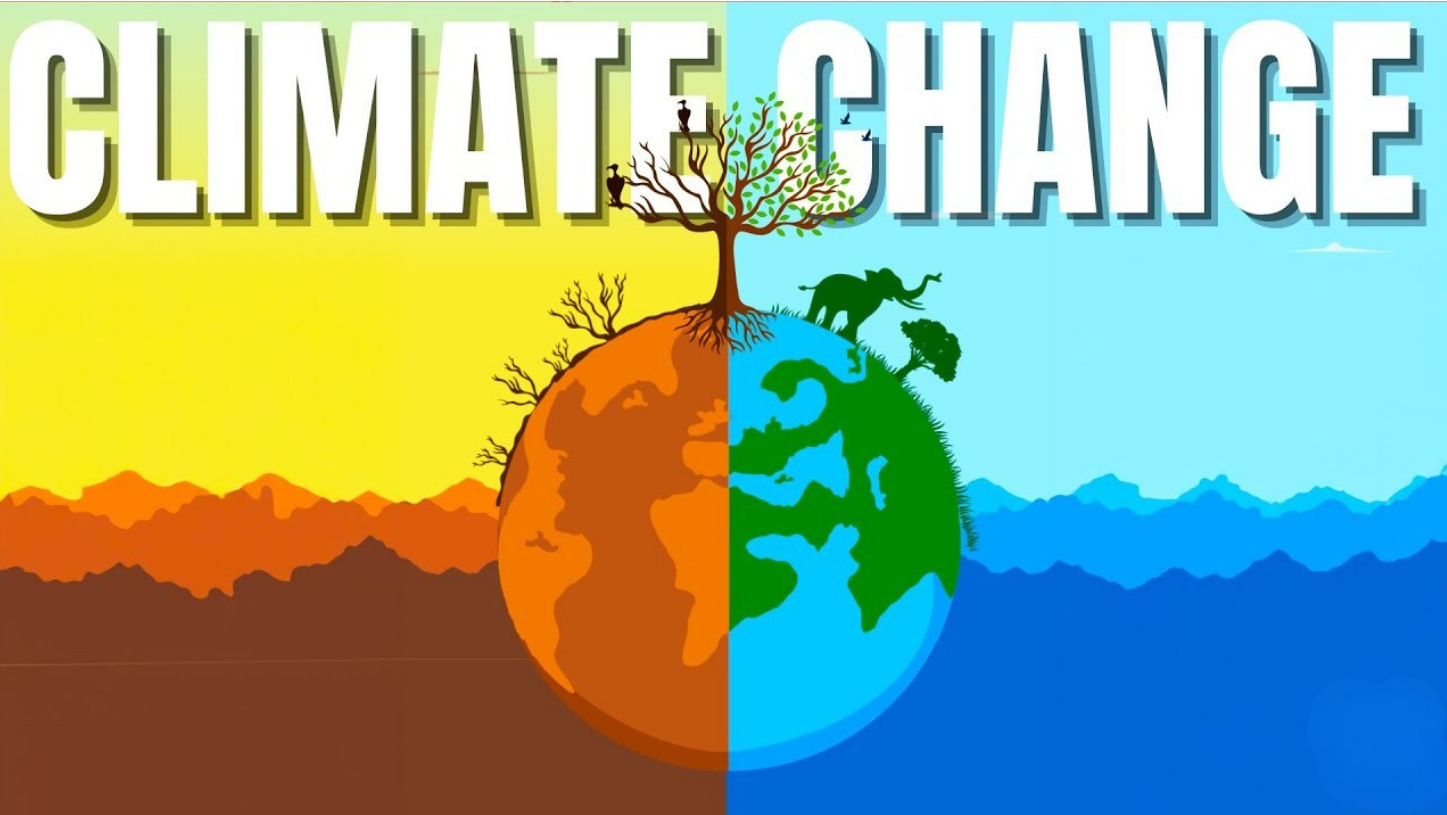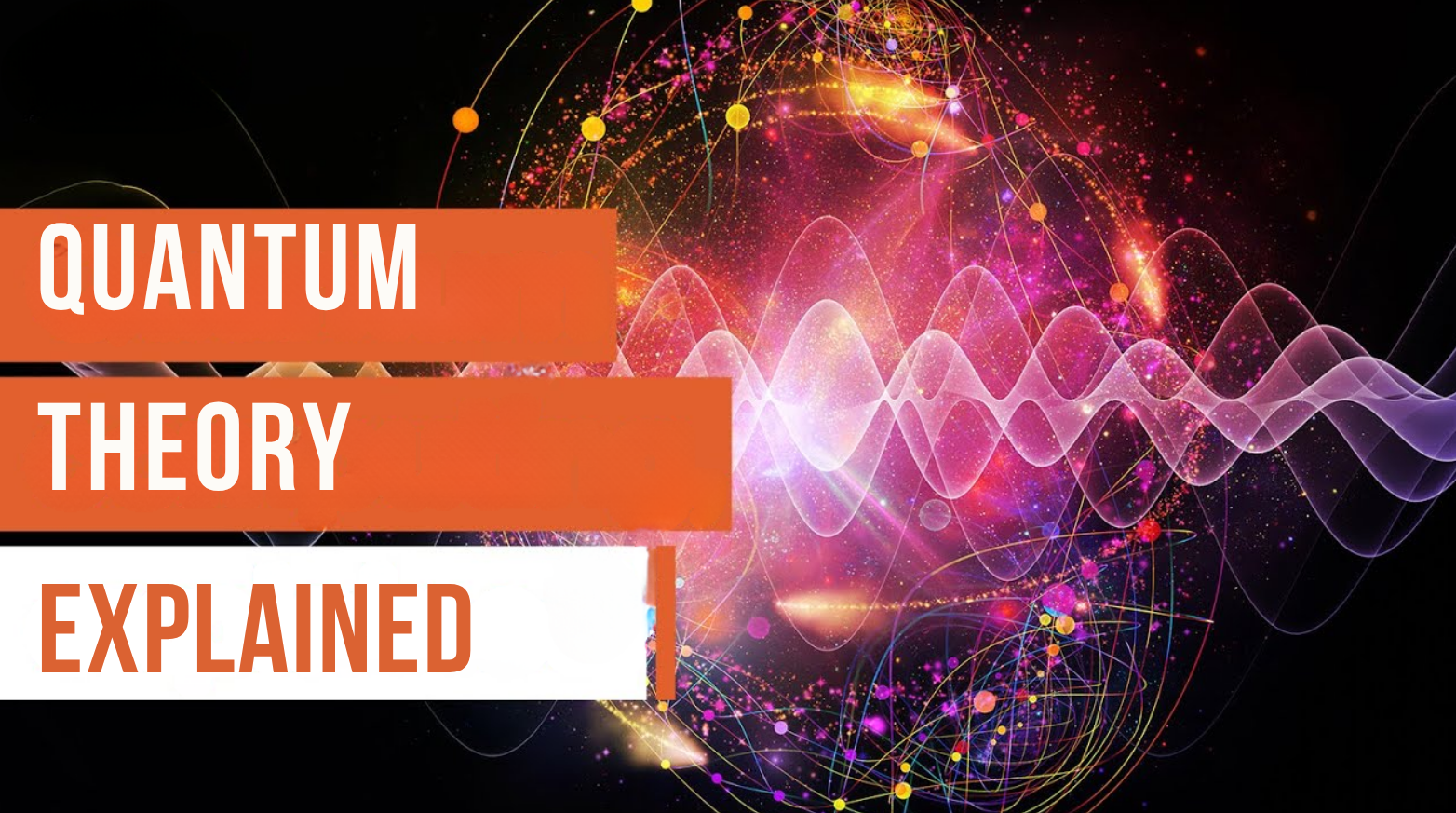Climate change is no longer a distant threat it’s a present-day reality affecting ecosystems, economies, and communities across the globe. From rising temperatures to melting glaciers and extreme weather patterns, the evidence is overwhelming and scientifically undeniable.
But what exactly causes climate change? Why is it accelerating? And what can be done to slow or reverse its effects? This article breaks down the science behind climate change, its global consequences, and the urgent need for collective action.
What Is Climate Change?
Climate change refers to long-term alterations in global temperatures and weather patterns. While these changes can occur naturally (e.g., volcanic eruptions, solar cycles), the current rate of change is largely driven by human activity especially since the Industrial Revolution.
At the core of modern climate change is the greenhouse effect:
-
Greenhouse gases (GHGs) like carbon dioxide (CO₂), methane (CH₄), and nitrous oxide (N₂O) trap heat in Earth’s atmosphere.
-
Human activities burning fossil fuels, deforestation, large-scale agriculture have significantly increased these emissions.
-
This results in rising global temperatures, or what’s often referred to as global warming.
How Do Scientists Measure Climate Change?
Scientific evidence of climate change comes from multiple, consistent sources:
-
Satellite Data: Tracks global temperature trends, ice cover, and sea-level changes.
-
Ice Cores: Provide atmospheric data going back hundreds of thousands of years.
-
Ocean Sensors: Measure temperature, acidity, and current shifts.
-
Weather Patterns: Increases in frequency and severity of heatwaves, floods, droughts, and hurricanes provide real-time observational proof.
The Intergovernmental Panel on Climate Change (IPCC) a global body of climate scientists releases regular reports confirming the accelerated pace of warming and its potential consequences.
Global Consequences of Climate Change
The effects of climate change are already being felt and they’re interconnected:
-
Rising Sea Levels: Caused by melting polar ice and thermal expansion of seawater. Coastal cities are at risk of flooding and long-term submersion.
-
Extreme Weather: From deadly heatwaves in Europe to intense hurricanes in the Caribbean, weather patterns are becoming more unpredictable and violent.
-
Ecosystem Collapse: Coral bleaching, species extinction, and habitat loss are threatening biodiversity on a massive scale.
-
Food and Water Security: Droughts and changing rainfall patterns impact agriculture and access to clean water, particularly in vulnerable regions.
-
Human Health Risks: Increased air pollution, spread of diseases like malaria or dengue due to warming temperatures, and mental health stresses linked to environmental instability.
Climate Injustice: A Global Inequality
Not all regions are equally responsible for emissions but some are more vulnerable than others.
-
Wealthy nations contribute the most to greenhouse gas emissions.
-
Developing nations face the harshest impacts rising sea levels in island nations, droughts in Sub-Saharan Africa, or glacier melt in the Himalayas.
This disparity is referred to as climate injustice, and it’s a central focus of international climate negotiations.
What Can Be Done?
Solving climate change requires global cooperation and a mix of mitigation and adaptation strategies.
Mitigation:
-
Transition to Renewable Energy (solar, wind, hydro)
-
Reforestation and Afforestation
-
Improving public transportation
-
Sustainable agriculture and diet shifts
-
Corporate and policy accountability
Adaptation:
-
Building climate-resilient infrastructure
-
Developing early warning systems
-
Creating water-efficient farming practices
-
Investing in coastal protections
Every action big or small counts. From world governments setting emissions targets to individuals reducing their carbon footprints, this is a collective responsibility.
The Role of Education and Awareness
Science-based education is critical. Misinformation and climate denial have slowed progress for decades. Clear, accessible communication of climate facts like this article helps bridge the gap between science and public understanding.
Storytelling, journalism, literature, and online content all have a vital role in shaping how people see the climate crisis and engage with solutions.
Conclusion
Climate change is real, urgent, and solvable but only if we act now. The science is clear. The evidence is everywhere. The future is in our hands.
Whether you’re a policymaker, student, entrepreneur, or everyday citizen, you are part of the solution. The time to take action isn’t tomorrow it’s today.









